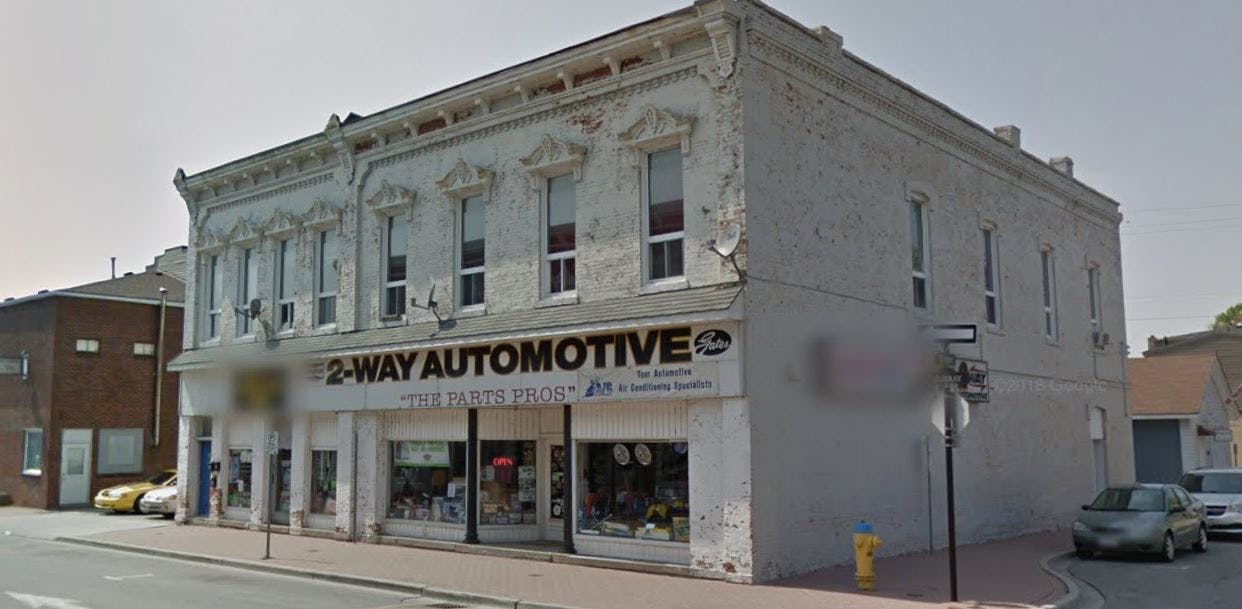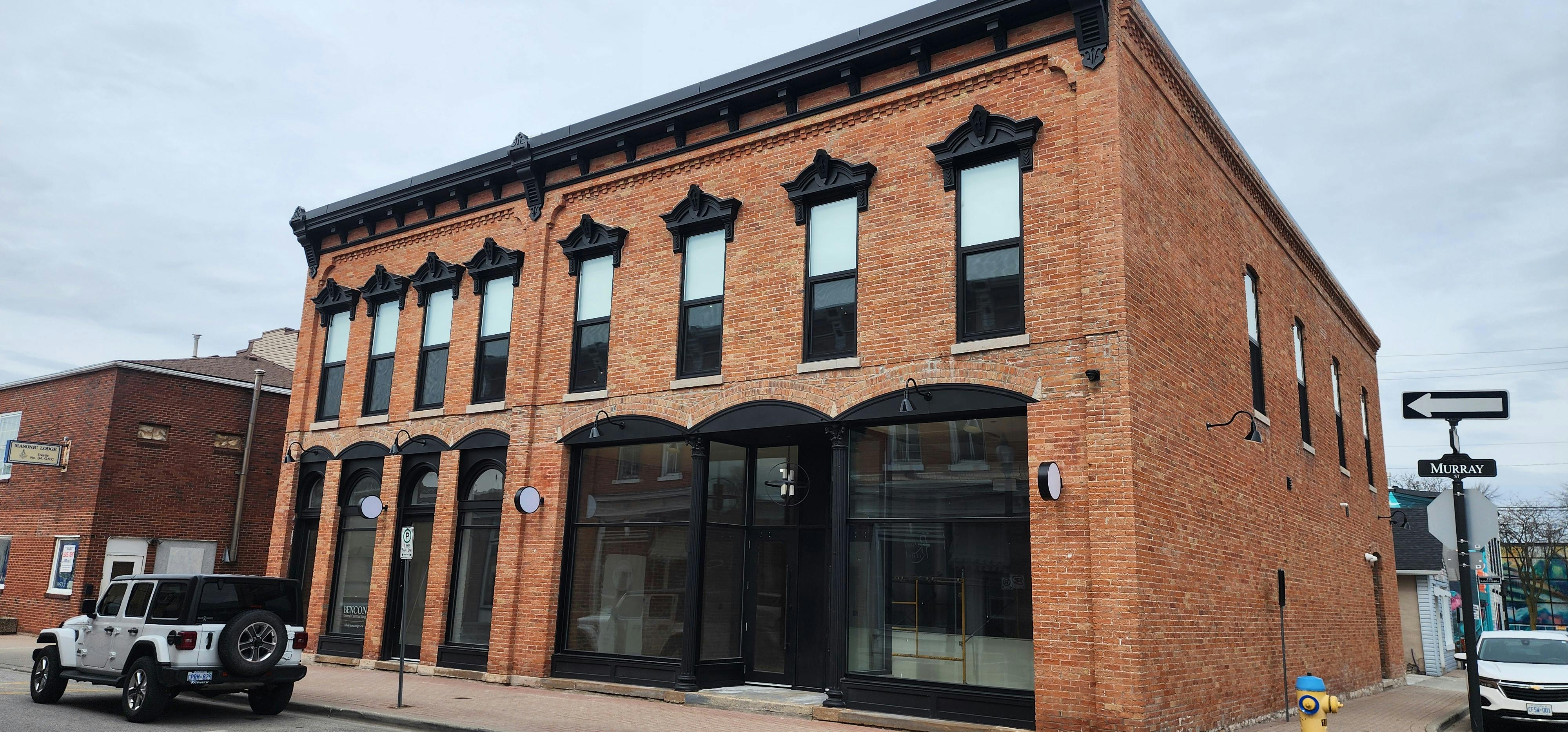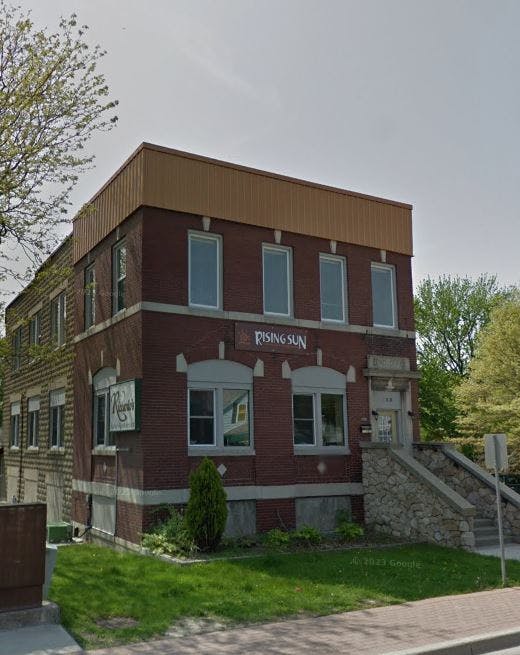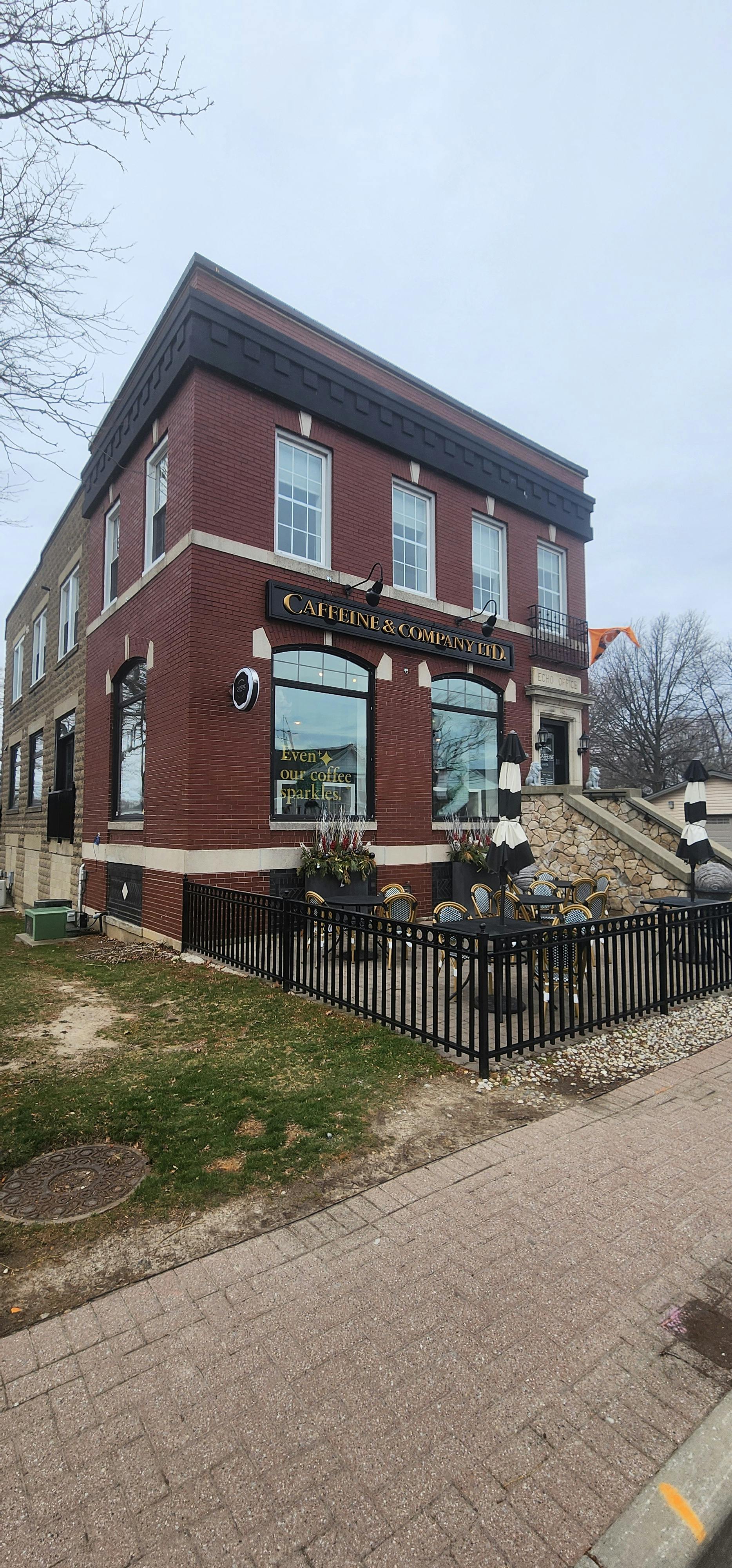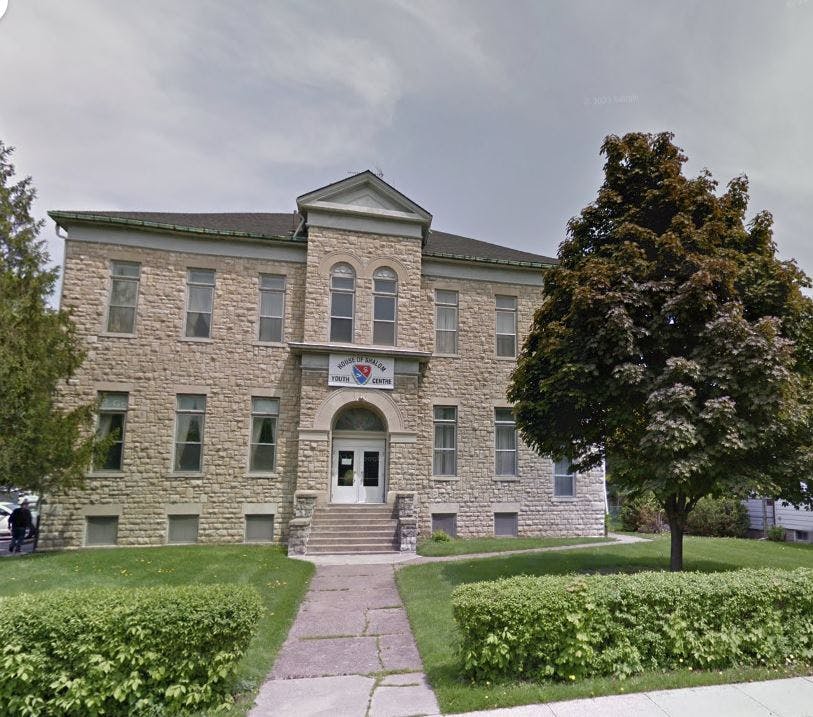Heritage Conservation District
Heritage Conservation District directly speaks to the Community Strategic Plan's goal of: "Preserving our past, while forging our future."
The Amherstburg Historic Conservation District Study area reflects the historic commercial and residential core of the original Town.
Amhe rstburg has historically been defined by the Detroit River - its location upon that waterway - and very close proximity to Lake Erie. This maritime context led to the establishment of Fort Amherstburg, later Fort Malden, which gave rise to the Town. The fort dominated the town physically, economically, and culturally. The establishment of the fort in the late 1700s and the subsequent layout of the Town of Amherstburg in close proximity supported the community with its soldier population and the shipbuilding activity that occurred in the fort’s associated Navy Yard.
rstburg has historically been defined by the Detroit River - its location upon that waterway - and very close proximity to Lake Erie. This maritime context led to the establishment of Fort Amherstburg, later Fort Malden, which gave rise to the Town. The fort dominated the town physically, economically, and culturally. The establishment of the fort in the late 1700s and the subsequent layout of the Town of Amherstburg in close proximity supported the community with its soldier population and the shipbuilding activity that occurred in the fort’s associated Navy Yard.
Amherstburg was the leading town in Essex County and Southwest Ontario, being a thriving commercial, trade, and population centre. The town was well connected with transportation links, with the two main roads in western Ontario emanating from the town. Ships provided direct service to Montreal and service to Detroit and other Great Lake cities. Additionally, the Town was a point on the Sauk trail, an ancient path system used by Indigenous peoples, and an important fur trading route. After the Fugitive Slave Act of 1850, immigration by fleeing slaves accelerated, with Amherstburg becoming an important destination and settlement area.
While Amherstburg gained railway service in 1872, Windsor overtook it in the early 1880s with improved rail service and the town began to lose its status as the principal town in Essex County. However, the town continued to be an important regional commercial centre and industrial town. The town was the headquarters of river dredging crews in the early 1900s as well as home to new industries like the Brunner Mond soda ash facility. The late 1800s and early 1900s also saw the town gain status as a summer resort with the development of Bois Blanc Island and resort hotels. The Town continued to evolve economically and physically as a result of all of these developments, albeit in a less significant way than in the nineteenth century.
EXPLORE Amherstburg's Designated Heritage Buildings, click here.
Heritage Conservation District PLAN - (Phase 2 of 2 - Draft)
The Heritage Conservation District Plan identifies the Policies and Guidelines for the HCD Study Area. MHBC (the consultant) has developed a plan based on the knowledge gained about the Town of Amherstburg as well as feedback from the Heritage Committee, Council, and the residents. On May 26th, 2025, Council held a Public Meeting in Council Chambers. The report is available in the Documents section.
Below is a link to the draft HCD Plan presented to the Heritage Committee and Town Council. Click the image below to read the HCD Plan, it is also available in the documents section to the right. Also in the documents section is the draft by-law.

A physical copy of the HCD Plan is available at Town Hall for viewing starting the week of May 5th 2025.
Heritage Conservation District STUDY (Phase 1 of 2 is complete).
Phase 1 was inclusive of an analysis of the initial study area and a recommendation to the Town as to the appropriate boundary for implementing an HCD Plan. On June 25th, 2024 Town Council adopted the study. Click the image below to read the study, it is also available in the documents section to the right.



